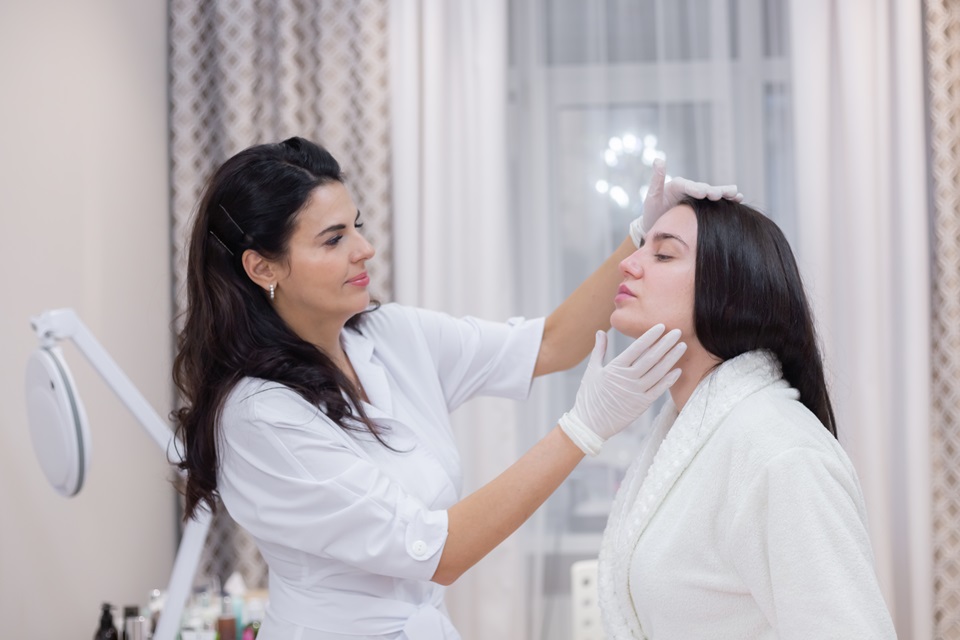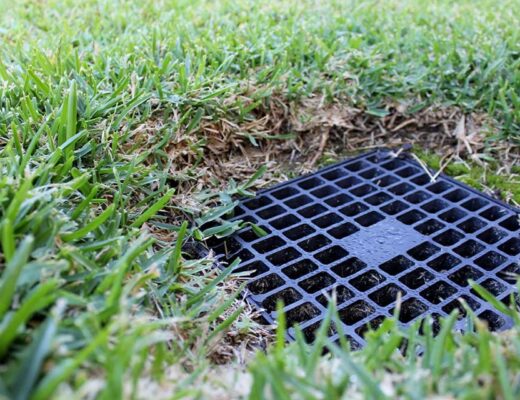Key Takeaways:
- Minimally invasive cosmetic procedures are becoming preferred due to their benefits over traditional surgeries.
- These procedures can offer improved safety, efficacy, psychological effects, and personal satisfaction.
- Selecting skilled practitioners and understanding the personalized nature of treatments is crucial.
- Technological innovations continue to refine and enhance minimally invasive procedures.
In an era where aesthetic enhancement is prized, the allure of cosmetic procedures that promise minimal downtime and discomfort is significant. Gone are the days when invasive surgeries were the only route to achieving one’s ideal appearance. Now, a spectrum of arm liposuction Chicago procedures and other minimally invasive treatments stand as testaments to modern medicine’s remarkable strides. These alternatives not only offer a reprieve from the extensive recovery associated with traditional surgeries but also present fewer risks and can be more cost-effective in the long run.
These sophisticated techniques serve various purposes, from smoothing wrinkles to contouring body shapes. Minimally invasive treatments have become a cornerstone in cosmetic medicine by introducing the latest technologies and refined procedures. Furthermore, patients are empowered by the reduced impact on their daily lives, making these options increasingly popular. This essay will explore the many advantages these treatments offer, including the kinds of operations that can be done, their safety profiles, and their psychological effects.
Understanding Minimally Invasive Cosmetic Procedures
What distinguishes a minimally invasive procedure from traditional surgery like arm liposuction Chicago? Unlike conventional interventions that necessitate substantial incisions and potentially extended hospital stays, minimally invasive techniques employ minimal interventions to achieve visible results. This approach makes procedures less intimidating, significantly reduces the risk of infection and scarring, and facilitates a quicker and more comfortable recovery. The essence of minimally invasive procedures lies in subtlety – enhancing one’s looks without the obvious signs of having undergone a cosmetic intervention.
Types Of Popular Minimally Invasive Treatments
The realm of minimally invasive cosmetic treatments features a diverse arsenal of options. Dermal fillers, for instance, can replenish lost volume in the face or hands, resulting in a more youthful and refreshed look. Botulinum toxin injections, known colloquially as Botox, can temporarily diminish the appearance of facial wrinkles. Chemical peels employ the application of safe chemical solutions to rejuvenate skin texture. Moreover, the advancements in laser technology have paved the way for a raft of treatments, from reducing the visibility of vascular lesions to promoting collagen production for anti-aging effects. These procedures are tailored to address particular concerns and are often customizable to the patient’s needs.
The Psychological Impact Of Cosmetic Enhancements
More often than not, the impact of cosmetic changes transcends the physical alterations—it ventures into the psychological and emotional terrain. A triumvirate of self-esteem, body image, and personal fulfillment is at play. Research shed light by Psychology Today elucidates that patients who have undergone cosmetic enhancements often report soaring self-confidence, a more positive body image, and a general increase in happiness. These psychological benefits underscore the broader impact of these treatments, which—at their best—imbue individuals with a revitalized sense of self and being.
The Safety Profile Of Minimally Invasive Treatments
The safety aspect of minimally invasive cosmetic procedures is not to be understated. When performed by qualified practitioners, these treatments have a commendable safety record. With precise interventions and refined techniques, the risk of complications is significantly lower compared to traditional surgery. The minimized incisions typically involve less bleeding, and local anesthesia often suffices, further lowering potential risks. Yet, it is imperative to clearly understand the safety protocols and ensure the practitioner’s adherence to the highest medical standards.
Cost-Effectiveness Of Minimally Invasive Procedures
Despite the initial costs that may accompany them, minimally invasive cosmetic procedures can be economically advantageous in the long term. The brief recovery periods translate to shorter absences from work and fewer disruptions to personal and professional lives. Moreover, avoiding general anesthesia and hospital admissions can significantly reduce healthcare costs. In scrutinizing the price tag, it’s essential to consider these indirect savings that complement the direct benefits.
Tailoring The Approach To Individual Needs
Personalization is a critical component of the minimally invasive treatment process. No two individuals share the exact requirements or aesthetic goals, which is why a bespoke approach is crucial to success. Experienced practitioners will weigh factors such as skin type, age, and desired outcomes against the realistic possibilities of the treatments available. This conversation and the subsequent customized plan are not merely a formality—they are integral to ensuring that the patient’s expectations are met or exceeded.
Downtime & Recovery: What To Expect
One of the defining features of minimally invasive treatments is the relative brevity of downtime and recovery. Procedures such as microdermabrasion, light peels, or certain filler injections might have little to no downtime, allowing patients to return to their routines almost immediately. More intensive treatments, such as more profound laser applications, could require a few days of recovery. Nonetheless, the difference is notable compared to the weeks of healing that might follow traditional surgery. It’s essential, though, for patients to adhere strictly to the aftercare instructions provided to ensure optimal healing and results.
The Role Of Technology In Modern Cosmetic Treatments
The specter of ever-advancing technology is perennially reshaping the minimally invasive cosmetic treatment landscape. New devices and techniques emerge, offering levels of precision and safety previously unattainable. One such innovation includes laser systems that can target specific layers of skin without affecting the surrounding tissue, minimizing recovery time while maximizing results. 3D imaging also plays a remarkable role in planning procedures, providing patients and practitioners with a detailed preview of potential outcomes. This fusion of art and science, patient expectation with medical expertise, encapsulates the evolving ethos of cosmetic medicine.
How To Choose A Reliable Practitioner
A crucial step in ensuring a positive outcome is the selection of a highly qualified and competent practitioner. Prospective patients are advised to vet their options rigorously, prioritizing licensed professionals with a proven track record of excellence. The practitioner should have an impressive array of before-and-after photos showcasing their work and articulate a clear vision for the patient’s treatment plan, considering their unique anatomy and aspirations. Open communication and realistic expectations, coupled with the practitioner’s proficient use of the latest techniques, will guide the patient toward a satisfying and successful experience.
The Future Of Minimally Invasive Cosmetic Procedures
The promise of minimally invasive cosmetic procedures unfolds with each technological breakthrough and medical discovery. The current industry benchmarks are Pioneering treatments requiring minimal intervention and delivering maximum results. A glimpse into the horizon is evidenced by a Medical News Today article that explores burgeoning trends, such as the integration of artificial intelligence for tailored treatment plans and the development of new biocompatible materials for longer-lasting effects. This anticipated future, where efficacy, personalization, and safety are intertwined, symbolizes a new dawn for cosmetic enhancements.
The journey from traditional cosmetic surgeries to modern minimally invasive procedures is marked by progress and patient-centric innovations. These procedures promise significant aesthetic improvements and revolutionize patient care, offering emotional well-being and a comprehensive approach to individual needs. The stake is high; it is no longer just about looking good but also about feeling confident and authentically oneself. As we look toward the future, the realms of possibility in cosmetic medicine have yet to be fully realized, and the next chapter is sure to be as exciting as it is transformative.







No Comments